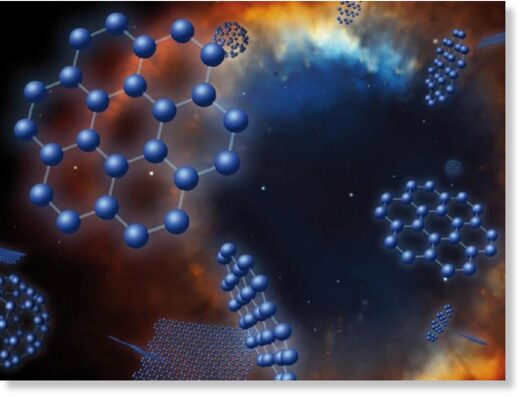
Graphene, which is arranged like chicken wire in flat sheets that are one atom thick, was first synthesized in a lab in 2004, and a Nobel prize was awarded for subsequent research on its unique properties.
Graphene is as strong as it is thin, conducts electricity as well as copper and is considered by many the "material of the future" with applications in computers, electrical devices, solar panels and more, a NASA release said Tuesday.
Researchers say they are interested in learning about how it is created, since understanding chemical reactions involving carbon in space may hold clues to how carbon-based life on earth, including ourselves, developed.
The Spitzer telescope identified signs of graphene in two small galaxies outside of our own, called the Magellanic Clouds, in the material shed by dying stars.



Reader Comments
to our Newsletter